WASHINGTON — Never-before-seen replicas of two ancestors of the Hope Diamond were unveiled to reporters Friday at the Smithsonian’s National Museum of Natural History.
The gleaming replicas, which are made of cubic zirconia, will eventually go on display at the D.C. museum on the National Mall. They are of stones known as the Tavernier and French Blue diamonds, which existed during the time of France’s King Louis XIV, who reigned from 1643 until his death in 1715.
The replicas are the result of 10 years of research by the Smithsonian’s Dr. Jeffrey Post, along with Dr. Francois Farges, professor of mineralogy at the Museum National D’Histoire Naturelle in Paris, and lapidary John Hatleberg of New York.
“It’s not as big as making a dinosaur, but, in a sense, we’re doing the same thing. We’re bringing a piece of history to today that has been lost, that no one has seen since that time, and we can now put in front of you,” said Post, who is curator-in-charge of the National Gem and Mineral Collection at the museum.
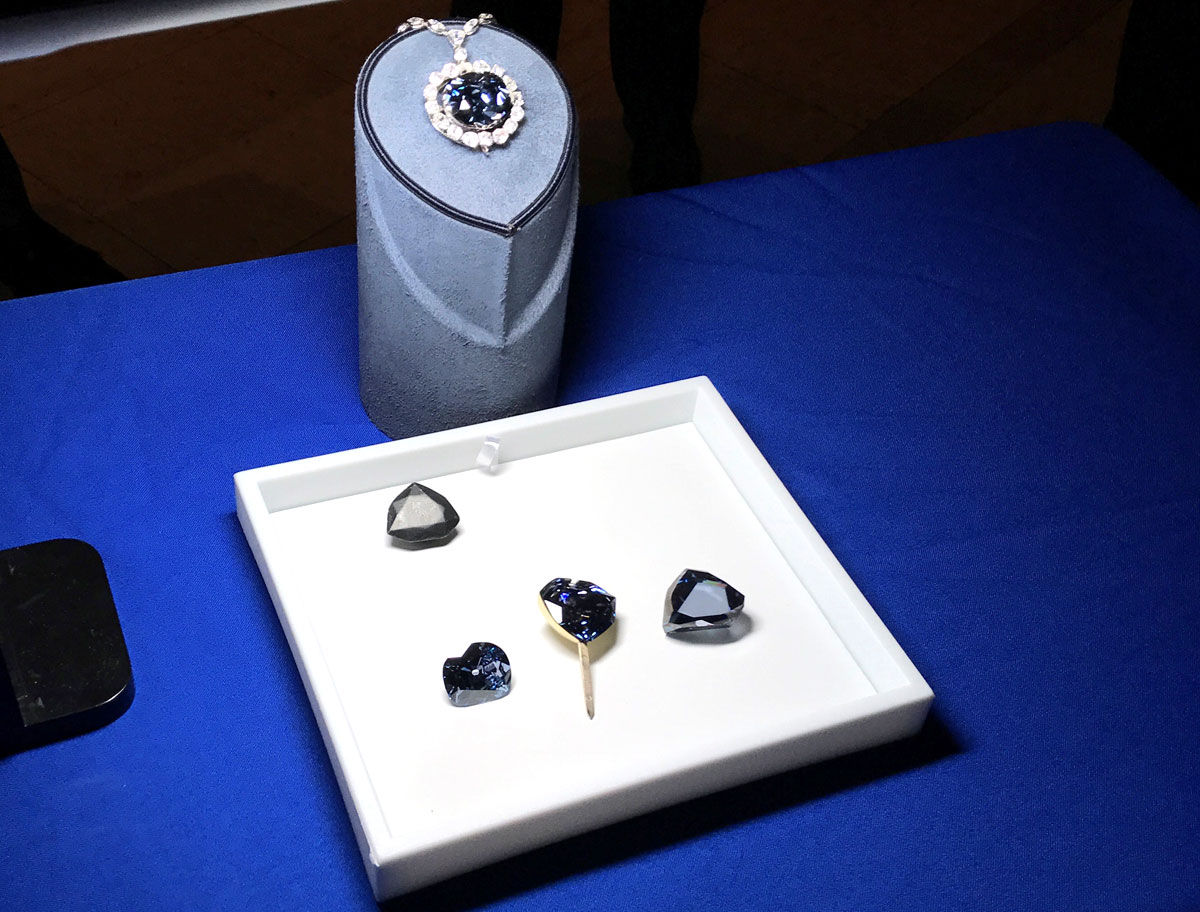
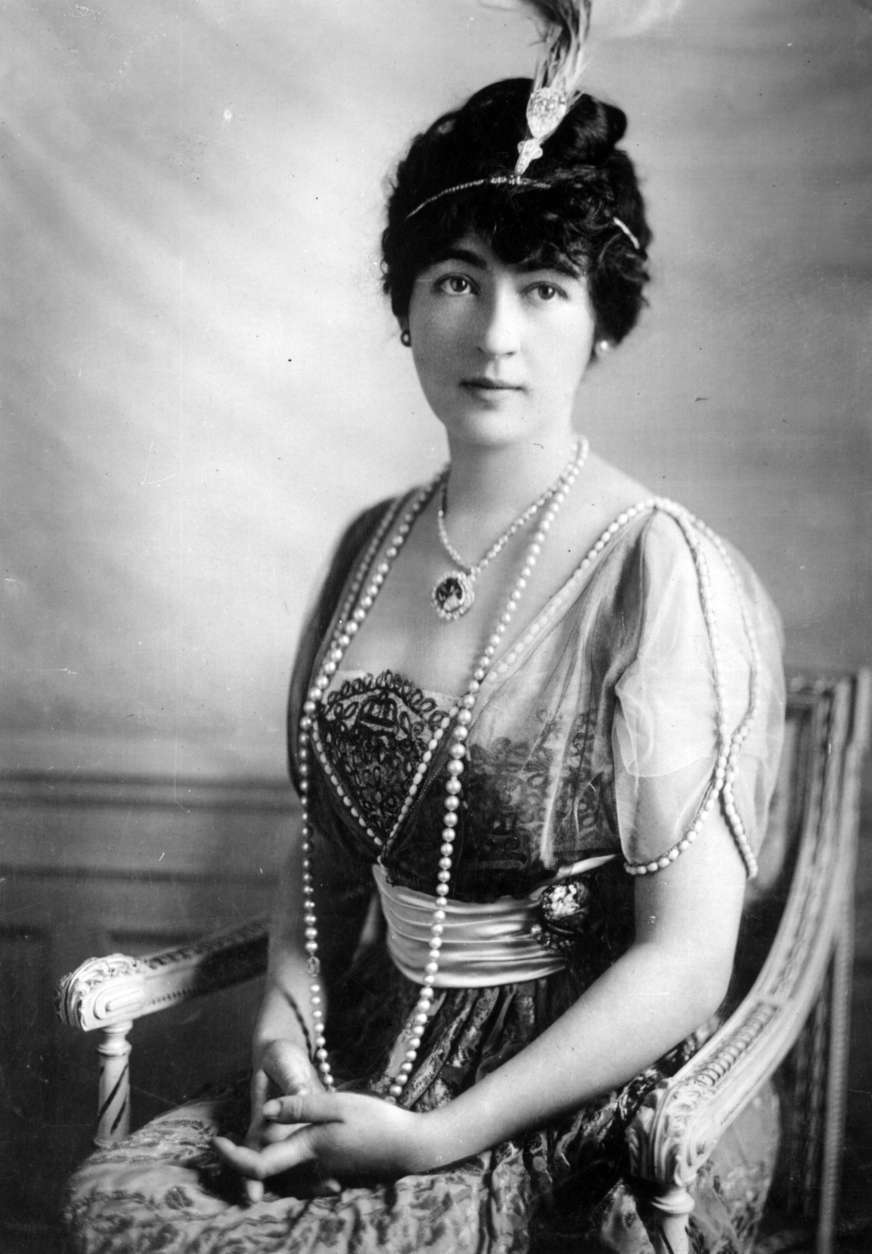
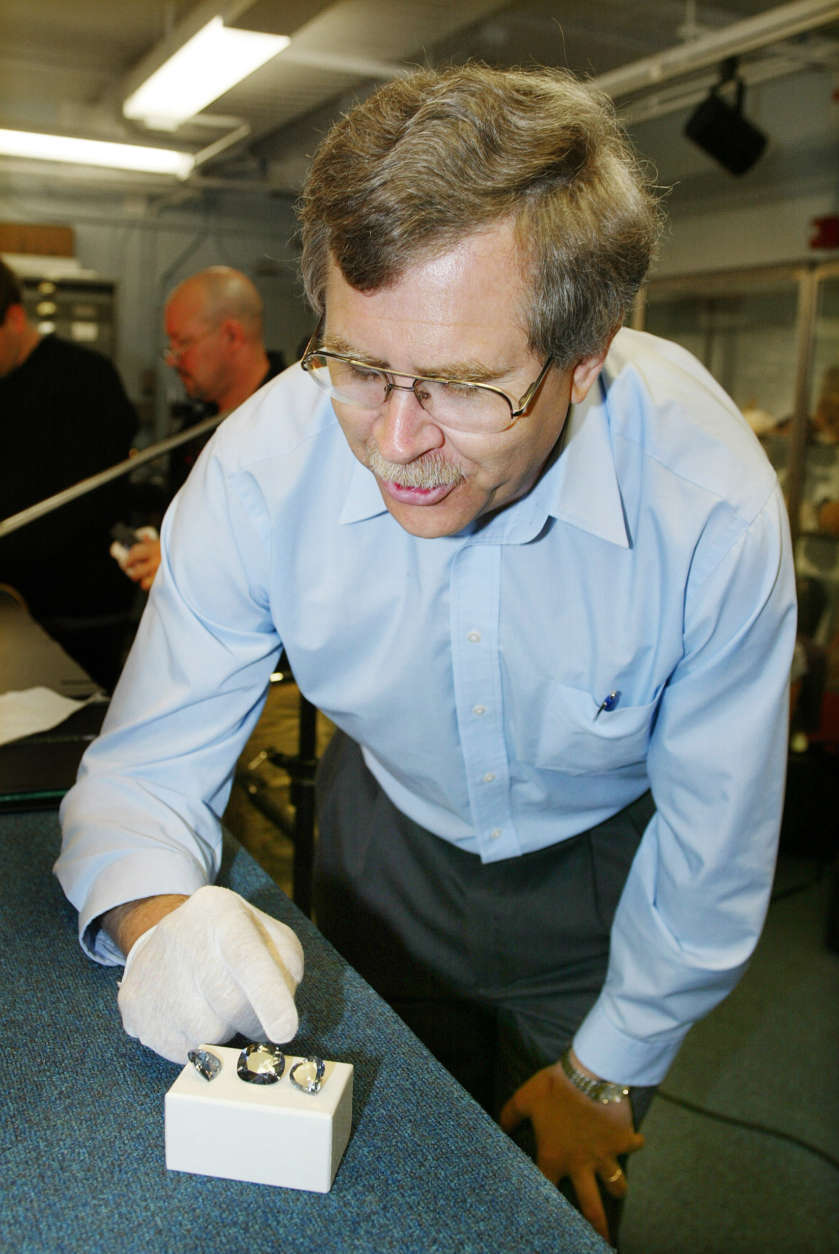
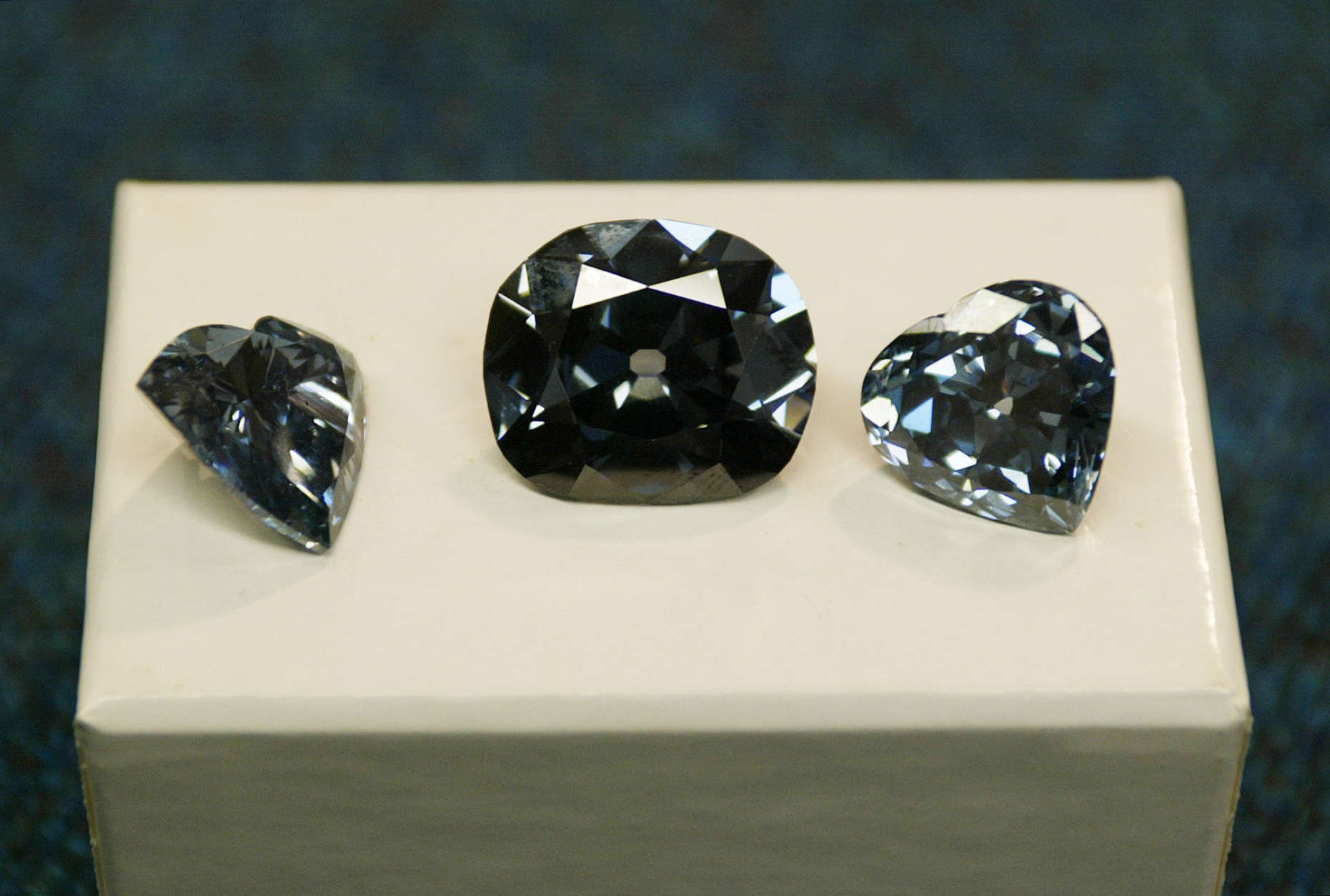
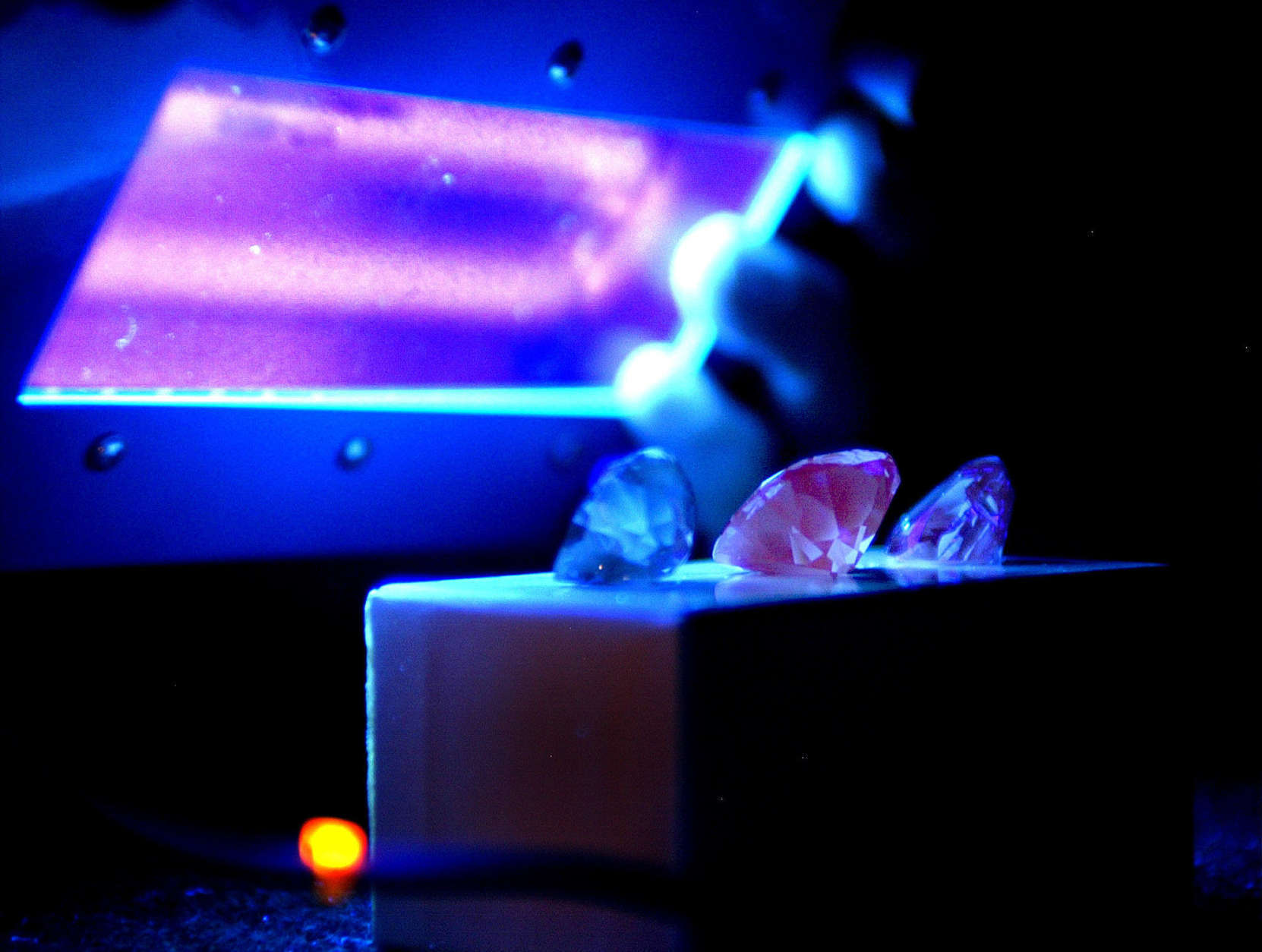
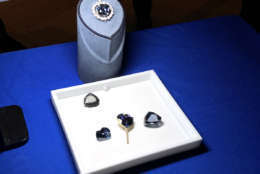
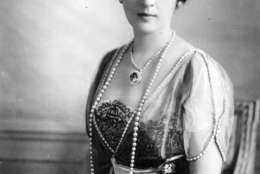
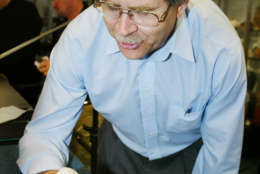
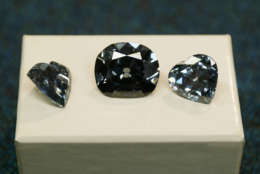
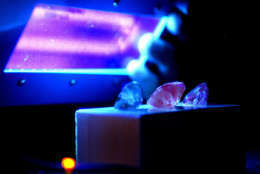
The Tavernier Diamond came from India and is named for the French merchant who purchased it, Jean Baptiste Tavernier. King Louis XIV bought the Tavernier Diamond in February 1669 and ordered it to be recut.
The result was a heart-shaped diamond known as the French Blue Diamond.
A recent inventory of the gem collection at the Museum National d’Histoire Naturelle in Paris turned up a lead cast of the French Blue Diamond, which gave researchers excellent details about the stone’s size, shape and facets.
In 1792, during the French Revolution, the French Blue Diamond was stolen from royal storage, and for decades, it’s not clear exactly where it was.
But in 1839, a large blue diamond appeared in the collection of a Londoner named Henry Philip Hope.
Scientists have determined that the Hope Diamond is derived from the French Blue Diamond, but it’s still not clear who cut the Hope Diamond or when.
“Because of the information that we have now, the technology that we have available to us and some skilled people, we can actually produce a replica for the first time that will show us what (the Tavernier Diamond), the French Blue Diamond and, of course, the Hope Diamond look like side by side,” said Post.
The real Hope Diamond is part of the museum’s permanent collection and can be seen in the Harry Winston Gallery, named for the New York jeweler who gifted the diamond to the museum. It famously arrived by registered mail, insured for $1 million.
In addition be being an extremely rare blue diamond, the Hope Diamond is one of the largest known of its kind at 45.52 carats.
To celebrate the unveiling of the replicas, the one-hour documentary “Mystery of the Hope Diamond” will re-air Friday at 9 p.m. on the Smithsonian Channel.








